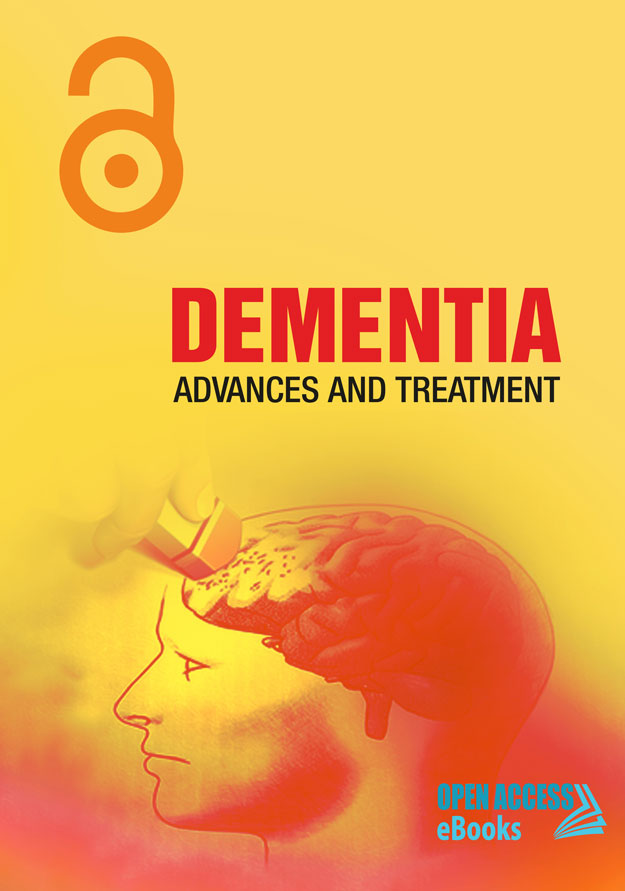
ISBN: 978-93-87500-01-3
Editors:
Dr. Balayogan sivasankari
Dr. Geizecler Tomazetto
Dr. Mansi Verma
The branch of science which deals with the study of microscopic organisms is known as Microbiology. Researchers have suggested that microorganism can be useful in treatment of cancer and can be used as vaccine in some diseased conditions. Microorganisms are essential tools in biotechnology, biochemistry, genetics and molecular biology.
Open Access eBooks is inviting researchers to submit their book chapter for the publication in volume 1 of an eBook Current Research in Microbiology.
All book chapters undergo review process and published content is available in PDF & HTML formats.
Benefits of publishing with us:
Universal Access: eBooks published in Open Access eBooks gain international visibility. No region barriers and content is accessed by everyone across the world from our website. We also deposit published eBooks in different databases.
Freely Available: Open Access eBooks follows the principles of Open Access and the content is available to the readers without any cost. Readers can read, share, and store the published ebooks/book chapters.
Copyright with Authors: As an eBook publisher, we serve researchers in publishing their valuable work after the stringent review process. However, copyright lies with authors. We follow the CC-BY-NC-ND license (https://creativecommons.org/licenses/by-nc-nd/3.0/).
Different Formats: We provide eBooks in PDF and HTML formats. Both formats are user friendly and can act as per the user requirements. We put our efforts to provide other formats in future.
For more information, contact info@openaccessebooks.com
Published Chapters:
Applications of Probiotic Bacteria and Dairy Foods in Health
Author(s): Fillipe Luiz Rosa do Carmo; Houem Rabah; Bárbara Fernandes Cordeiro; Sara Heloisa Da Silva; Gwénaël Jan; Vasco Azevedo*; Rodrigo Dias de Oliveira Carvalho
The intestinal microbiota composition has a great impact on physiology and health, since commensal bacteria are crucial to maintain homeostasis and immune regulation of the gut. Consequently, disturbances of this microbiota, a process known as dysbiosis, have severe implications for the host health such as the rise of many gastrointestinal (GI) problems; including inflammatory disorders like the Inflammatory Bowel Diseases (IBD), mucositis, as well as colorectal cancer (CRC). The consumption of probiotics with beneficial effects is a promising tool to help treating such disorders. Indeed, they modulate diverse biological mechanisms involved in GI homeostasis and have been commonly used to reduce such disorders. In this chapter, we present the molecular mechanisms triggered by probiotic bacteria to modulate the gut physiology during gastrointestinal disorder and the importance of the gastrointestinal stresses tolerance as a limiting factors for probiotic application. Moreover, we focus on the emergence of functional probiotic foods, which can act as excellent vehicles, by enhancing stress tolerance and providing a protective matrix towards digestive stresses.
Actinobacteria from less explored ecosytems: A promising source for anti TB metabolites
Author(s): Radhakrishnan M; Jerrine Joseph*; K Manigundan1; S Anbarasu1; A Suresh; R Balagurunathan
Tuberculosis (TB) caused by Mycobacterium tuberculosis is a highly prevalent infectious disease with almost one-third of global population believed to be infected. According to statistics, India is one among the 22 high burden countries in terms of TB incidence rates. Emergence of drug resistance among M. tuberculosis isolates and long term therapy using combination of drugs for its treatment are the major problems in TB control.
Amylase: A Magnificent Enzyme Tool
Author(s): Seema Anil Belorkar
Since past couple of decades, enzymes have been consistently used as an efficient industrial tool to synthesize a variety of products. Industries are highly dependent upon some basic enzymes viz Amylase, Carboxymethyl cellulase and proteases. Such pioneering enzymes find their applications in a wide range of industries, including pharmaceuticals, food and beverages industry and textile industry. Amylase were initially reported from the buds of tuber by Bailey [1].
Endophytic Fungi, A Versatile Organism for Modern Microbiological Research and Industrial Applications
Author(s): Kalyanaraman Rajagopal*; Meenambiga SS; Arulmathi R
Endophytic fungi are one of the least studied plant microbe- interactions. In this chapter ecology, taxonomy, bioactive compounds and enzyme production by endophytic fungi were discussed. Finally a general procedure for isolation of endophytic fungi from plant parts is given.
Cholesterol Oxidases: Microbial Enzymes in Industrial Applications
Author(s): Sunita Devi; Shamsher Singh Kanwar*
Cholesterol oxidases are bifunctional flavoenzymes produced by diverse bacterial species. These enzymes catalyse the oxidation of steroid substrates containing a hydroxyl group at the 3β-position of the steroid ring backbone. The enzyme exists in two main forms: one with the FAD cofactor embedded noncovalently in the enzyme; and one with the cofactor attached covalently to the protein. Cholesterol oxidase is of significant importance owing to its use in analysis of cholesterol amount in various clinical and food samples. In addition, the enzyme also acts as a larvicide biocontol agent against many insects and is also involved in the biotransformation of a number of steroids. Moreover, cholesterol oxidase is also associated with some bacterial infections and thus can be explored as a potential new antimicrobial drug target to contain bacterial infections.
Stability, Flexibility, and Function of Dihydrofolate Reductases from Escherichia coli and Deep-Sea Bacteria
Author(s): Ohmae E*; Gekko K
Dihydrofolate reductase (DHFR) is an important target for investigating the linkage between structural flexibility and catalytic function because it is a ubiquitous enzyme existing in all organisms. Site-directed substitution or deletion in flexible loops of Escherichia coli DHFR significantly affects the stability, flexibility, and catalytic function, although distal residues have not been recognized as dynamically and functionally significant. Nonadditive effects of double substitution or deletion in different loops demonstrate the existence of long-range coupling between the loop motions that include other distal residues. Compressibility changes due to loop substitutions and ligand binding reveal that the modified flexibility and function can be mainly attributed to changes in internal cavities or atomic packing. DHFRs from deep-sea bacteria exhibit species-specific pressure-dependence on stability and function that provide useful information on the roles of structural flexibility in molecular adaptation to high-pressure environments. These findings give new insight into the structure-flexibility-function relationship of DHFR.


